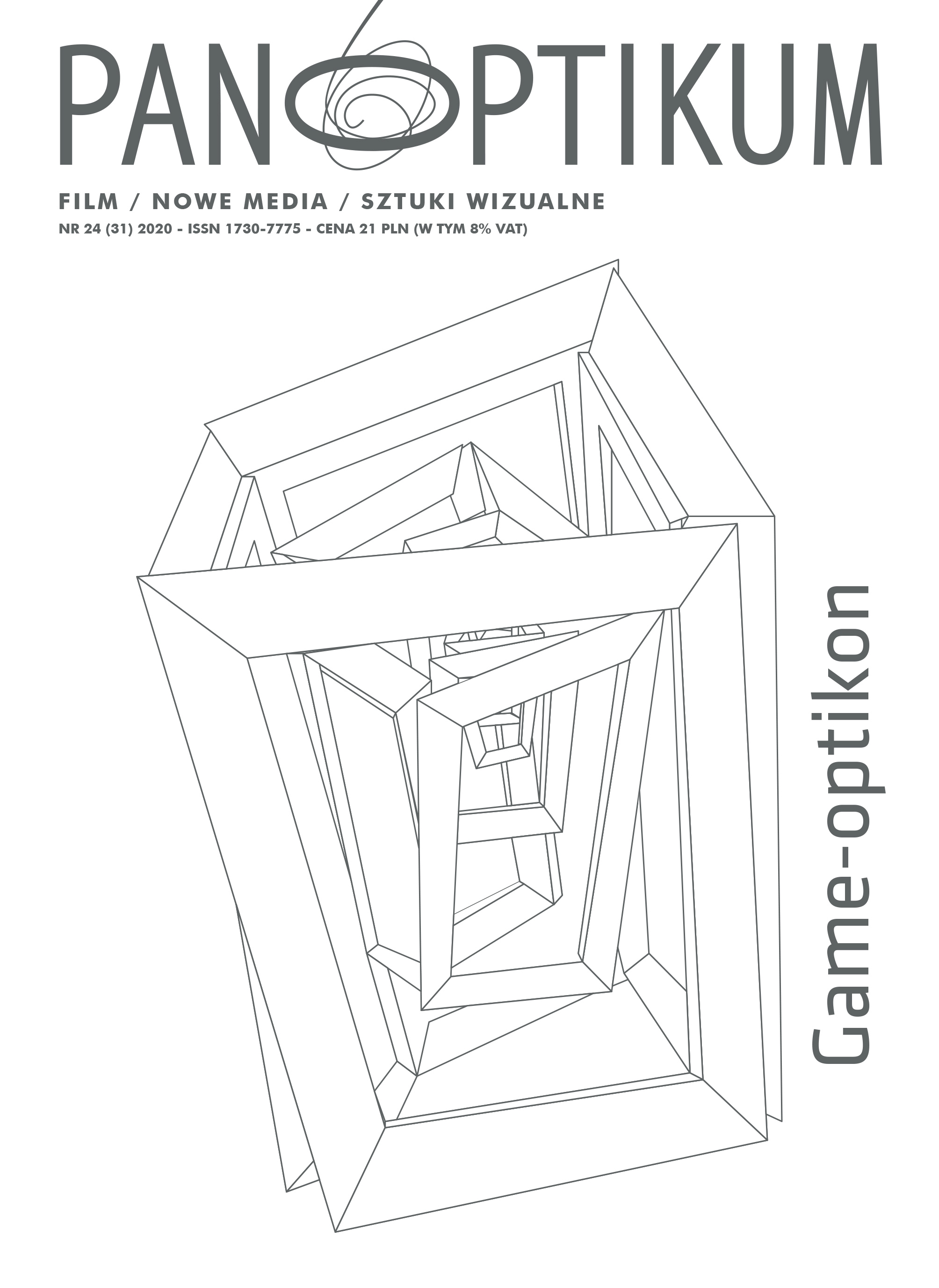Narrative Interfaces, Identity and Integrity of The Game
Narrative interfaces, identity and integrity of the game
Author(s): Adam KubiakSubject(s): Fine Arts / Performing Arts, Film / Cinema / Cinematography
Published by: Uniwersytet Gdański
Keywords: game design; narrativity; interfaces; computer game theory; computer-human interaction
Summary/Abstract: The paper aims to address the issue of the game’s identity in the context of narrative interfaces and their integrity. Following the approach of Jenkins (2002), Bizzocchi (2007, 2011) and Koenitz (2015, 2018) I propose to address the said topic by paying attention to the integrity of the narrative interfaces design and their role in the presentation and experience of “the game” as particularly “that game”, especially in the context of attempts to recreate a specific experience (remake/revival, sequel and sibling identity), for which the main example is the game Planescape Torment and its revival (Enhanced Edition) and “spiritual successor” Tides of Numenora. A short study on the said example, as I argue, shows that the main issue has a multilayered nature (including technology, studio politics, artistic design, license legal limitations and such), and the integrity of the interfaces, especially those which may be identified as “core”, is an important part of them and seemingly small changes, may break it completely. And while the storyline may deliver literally “the same” story, changed (or broken) integrity of the narrative interface’s design cannot be restored, creating what is in effect a different experience, and in essence: a different game. However, keeping the said core integrity intact makes it possible to sustain the game identity (and its experience) allowing for the extending of existing mechanics, additional layers of gameplay etc.
Journal: Panoptikum
- Issue Year: 2020
- Issue No: 24 (31)
- Page Range: 80-101
- Page Count: 22
- Language: English

